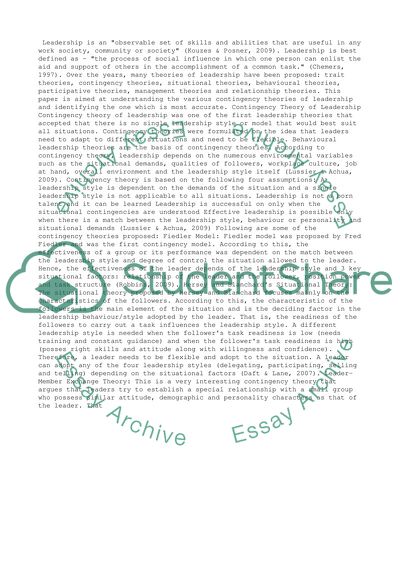Cite this document
(“Basic Approaches to Leadership - Contingency Theories Assignment”, n.d.)
Retrieved from https://studentshare.org/management/1435726-basic-approaches-to-leadership-contingency
Retrieved from https://studentshare.org/management/1435726-basic-approaches-to-leadership-contingency
(Basic Approaches to Leadership - Contingency Theories Assignment)
https://studentshare.org/management/1435726-basic-approaches-to-leadership-contingency.
https://studentshare.org/management/1435726-basic-approaches-to-leadership-contingency.
“Basic Approaches to Leadership - Contingency Theories Assignment”, n.d. https://studentshare.org/management/1435726-basic-approaches-to-leadership-contingency.


